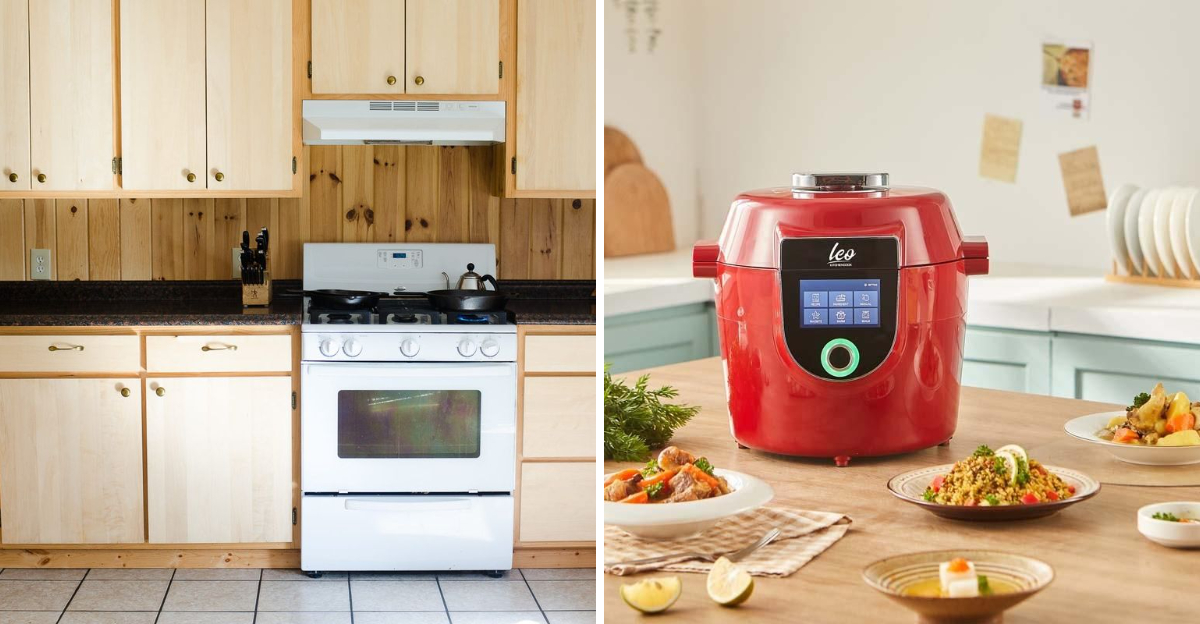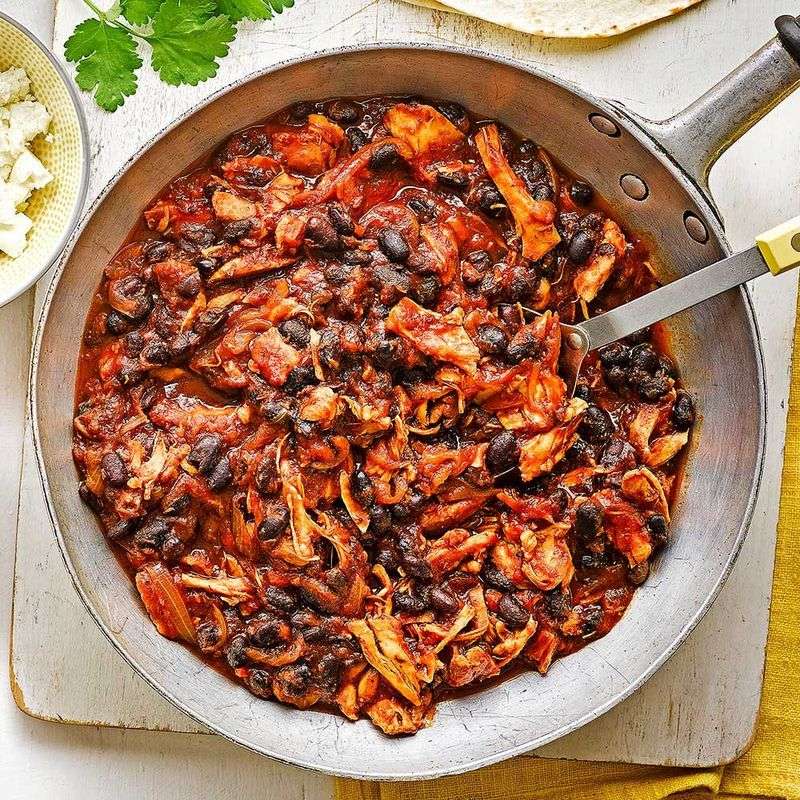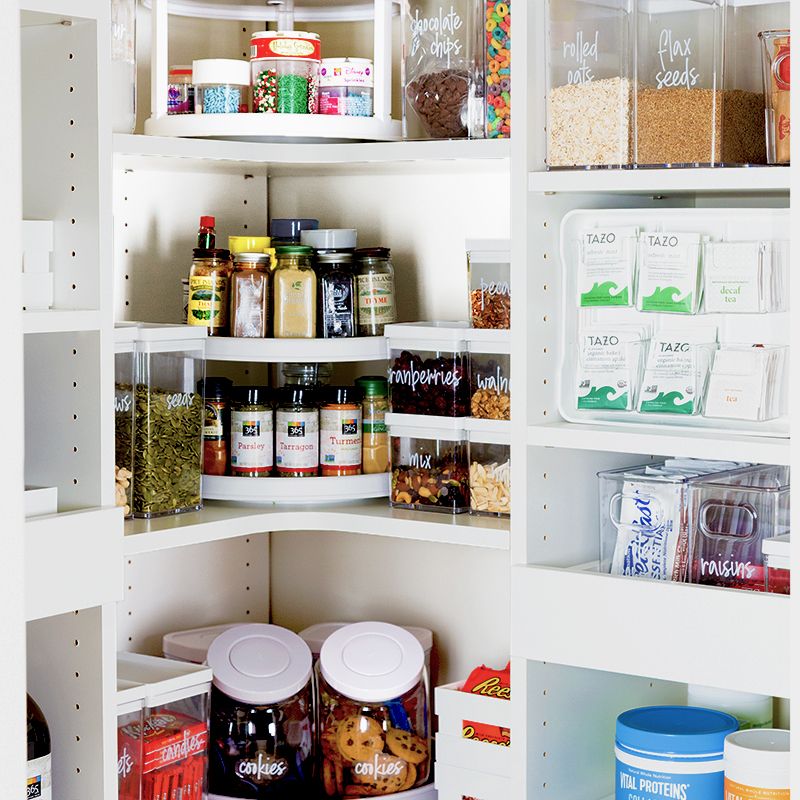9 Time-Saving Kitchen Habits Every Home Cook Can Try

Cooking at home can be fun, but sometimes it feels like there’s just not enough time in the day. Many struggle to balance making different food with our busy schedules. Small, thoughtful changes to how you work in the kitchen can save you lots of time without sacrificing taste. These nine simple habits will help you spend less time cooking and more time enjoying your meals in a relaxed and stress-free way. With a few easy adjustments, home cooking can feel a bit more manageable and even more enjoyable.
1. Plan Weekly Meals

Taking just some minutes each weekend to plan your meals for the coming week makes a huge difference in daily cooking stress. Grab a notebook or use a phone app to list what you’ll eat each day. Planning ahead means fewer trips to the grocery store and less time staring at the fridge thinking what to make. You’ll also waste less food since you’ll buy exactly what you need. Many home cooks find they save money too, as they’re less likely to order takeout when they know what’s on the menu.
2. Batch Cook on Weekends

Spending a few hours cooking on Sunday can free up your weeknights. Make big batches of staples like rice, beans, or chicken that can be used in multiple meals throughout the week. Store everything in clear containers in your fridge or freezer, labeled with contents and date. When you come home tired on Wednesday, you have the ready-to-heat meal waiting for you. This approach works especially well for soups, stews, and grain dishes that actually taste better after the flavors have had time to develop.
3. Learn the Skill of Chopping

Knife skills might seem basic, but they’re one of the biggest time-savers in the kitchen. Learning to chop vegetables quickly and safely can cut prep time in half. Start by investing in chef’s knife that feels comfortable in your hand. Practice the proper grip and rocking motion when cutting. Set aside some minutes each week to pre-chop onions, garlic, carrots, and other vegetables you use often. Store them in containers in the fridge, and you’ll have ready ingredients whenever you need them.
4. Embrace One-Pot Cooking

One-pot meals are a busy cook’s best friend. They combine proteins, vegetables, and grains in a single cooking vessel, meaning less prep work and fewer dishes to wash afterward. Try sheet pan dinners where you roast chicken and vegetables together, or hearty stews that simmer while you do other things. Stir-fries are another excellent option that come together in minutes. The beauty of this approach is that flavors meld together as ingredients cooks, often resulting in more tasty meals than separately cooked components.
5. Organize Your Pantry Strategically

A well-organized pantry saves many minutes of searching for ingredients. Group similar items together – baking supplies in one area, canned in another, and spices in their own section. Keep frequently used items at eye level and within easy reach. Consider clear containers for items like flour, sugar, and pasta so you can see when supplies are running low. A quick inventory check before shopping prevents buying duplicates. Many home cooks find that simply being able to see they resources inspires more efficient cooking.
6. Invest in Time-Saving Tools

The right kitchen tools can reduce your cooking time. A food processor can chop vegetables in seconds. A pressure cooker can make tender stews in some minutes instead of hours. Start with multipurpose tools that earn their keep in your kitchen. An immersion blender makes quick work of soups and sauces. An efficient microplane zests citrus and grates garlic in moments. Don’t feel pressured to buy many gadgets – focus on tools that address your specific cooking bottlenecks and that you’ll use regularly.
7. Clean While You Cook

The “clean as you go” approach transforms kitchen work. Instead of facing a mountain of dishes after eating, wash items during natural breaks in cooking. While water boils or onions cook, wash the cutting board you just used. Put ingredients away immediately after measuring. Keep a bowl for scraps on your counter to minimize trips to the trash. This habit not only saves time overall but makes the entire cooking process feel more manageable. You’ll enjoy your meal more knowing there isn’t a huge cleanup waiting afterward.
8. Change Leftovers

Leftovers don’t have to mean eating the same meal twice. With a few ingredients, yesterday’s dinner becomes today’s new dish. Roast chicken becomes chicken salad or soup. Rice changes into fried rice with some vegetables. Keep a list of your favorite “leftover makeovers” for inspiration. This approach saves both cooking and planning time, while reducing food waste. Many experienced cooks intentionally make extra of certain foods knowing they’ll repurpose them later in the week.
9. Arrange Your Kitchen Workstations

Professional chefs organize their kitchens into efficient workstations, and home cooks can benefit from the same approach. Make dedicated areas for different cooking tasks based on your kitchen layout. Keep knives and cutting boards near your prep space. Store pots and pans close to the stove. Group baking supplies together near your largest counter space. Think about your movement patterns when cooking and minimize the steps needed between areas. Even small kitchens can be arranged to reduce wasted motion and make cooking flow more smoothly.
